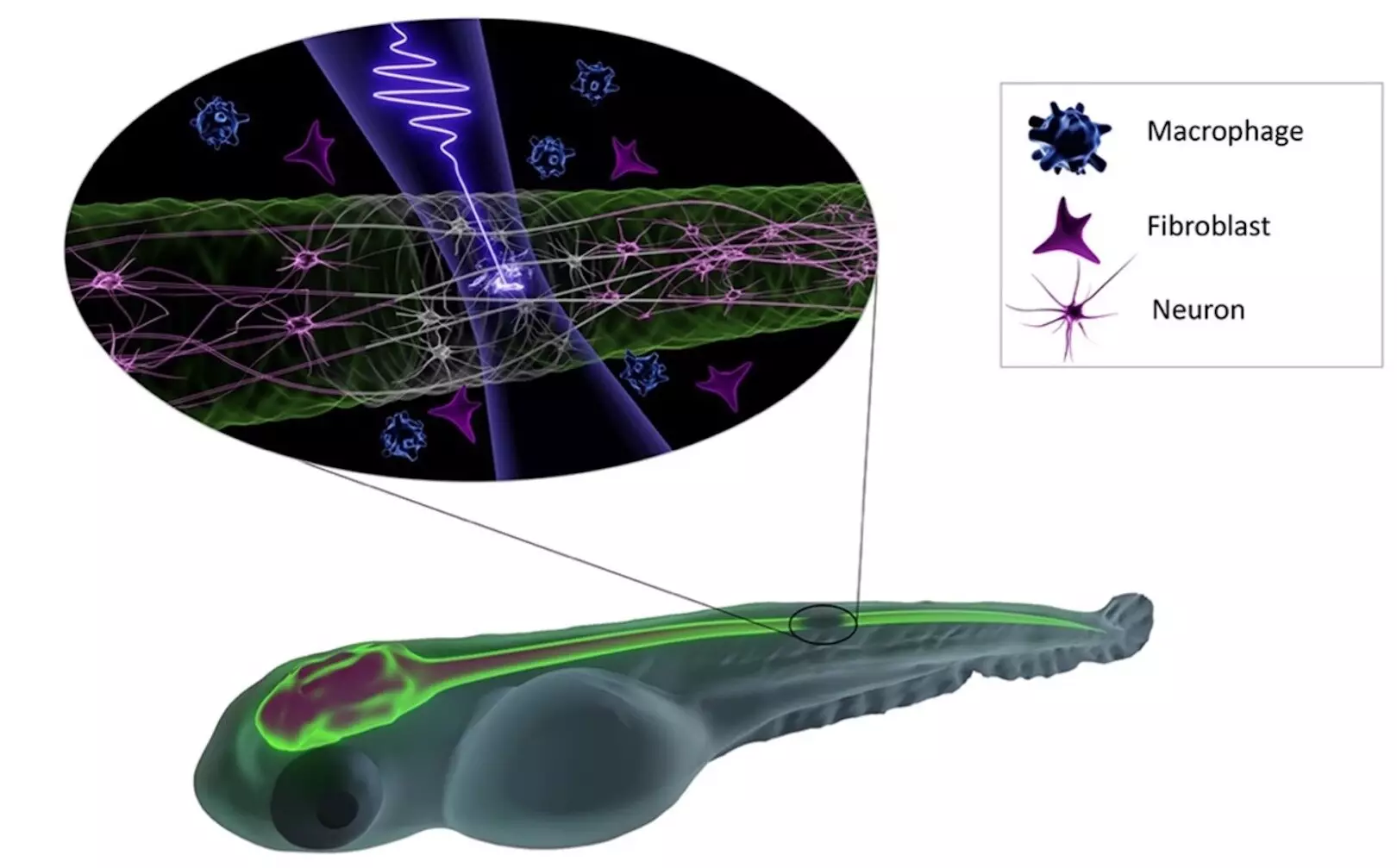The advancements in nonlinear light microscopy have opened up new possibilities for observing complex biological processes. However, the use of intense light in this process can also have damaging effects on living matter. A recent study conducted by research groups at the Max Planck Institute for the Science of Light and Max-Planck-Zentrum für Physik und Medizin aimed to investigate the mechanisms behind the irreversible perturbation of cellular processes by intense pulsed lasers.
To address this issue, researchers used zebrafish as a model organism to study the effects of femtosecond excitation pulses on deep tissue. The results, published in Communications Physics, shed light on the conditions under which intense pulsed lasers can be used in vivo without causing harm to the organism. The study found that damage to the central nervous system of zebrafish occurred at extreme peak intensities required for low-density plasma formation.
The research findings have significant implications for nonlinear label-free microscopy techniques. It was demonstrated that as long as the peak intensity of femtosecond pulses at 1030 nm remains below the low-plasma density threshold, it is possible to increase imaging dwell time and photon flux noninvasively. This is crucial for achieving high spatial resolution in imaging techniques such as femtosecond fieldoscopy.
The study highlights the value of interdisciplinary collaborations between the fields of physics and biology. By understanding the mechanisms of photodamage caused by intense light, researchers can develop innovative microscopy techniques with attosecond temporal resolution. These advancements pave the way for in vivo applications that aim to achieve precise manipulations of the central nervous system using light-based techniques.
The research conducted by the collaborative team has provided valuable insights into the impact of intense pulsed lasers on living organisms. By identifying the conditions under which intense light can be used without causing harm, researchers have advanced our understanding of deep tissue imaging techniques. This study represents a significant step forward in the development of innovative microscopy techniques that have the potential to revolutionize our ability to observe and understand complex biological processes.


Leave a Reply